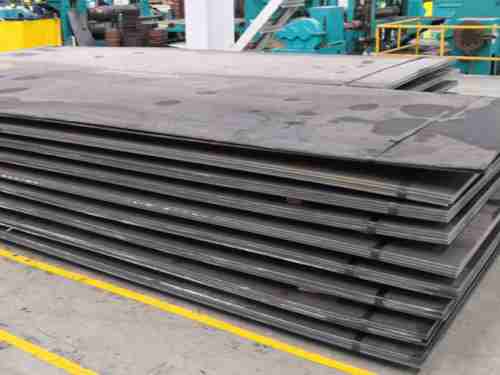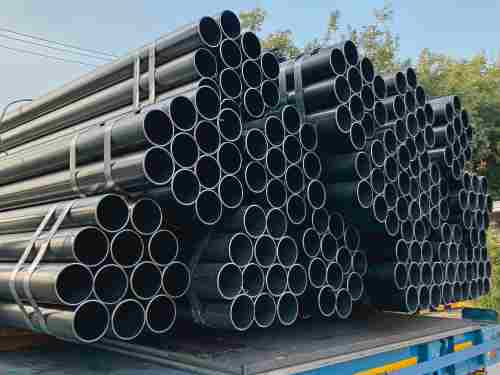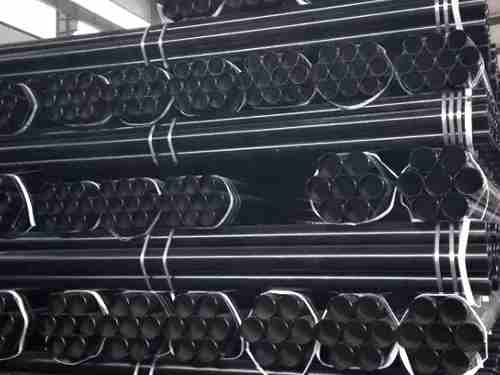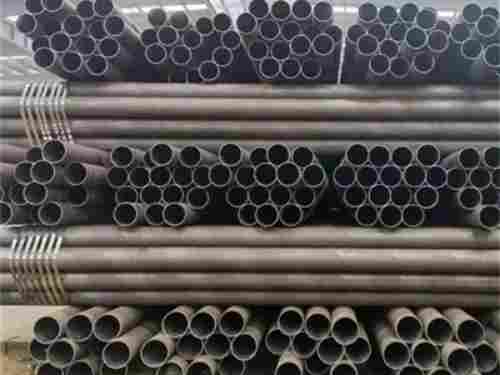Angle steel is a widely used metal material known for its strong load-bearing capacity, corrosion resistance, and stable quality. It finds applications in various fields such as construction, machinery, shipbuilding, railways, roads, and bridges. In modern society, angle steel has become an essential industrial material. Significant differences exist between angle steel and H-beam steel, particularly in terms of production methods, processing techniques, and application characteristics.
- Production Method
Angle Steel:
There are two primary production methods for angle steel: hot rolling and cold drawing.
Hot-Rolled Angle Steel: In this process, steel billets are heated to a high temperature, rolled on rollers, and shaped into angle steel. This method ensures good surface quality, precise dimensions, and consistent quality.
Cold-Drawn Angle Steel: The steel billet is first cooled to room temperature, then shaped by continuous cold drawing. This method is faster and simpler but may result in surface cracks, making it less suitable for angle steel used in high-stress applications.
The production process involves several stages, including smelting, rolling, finishing, and inspection.
Molten steel is refined in an electric furnace or converter to remove impurities and gases.
The molten steel is then rolled into the basic H-beam shape.
After rolling, finishing treatments like straightening and trimming are applied.
Finally, the H-beams undergo quality inspections to ensure they meet the required standards for size, shape, and surface quality.
- Processing Technology
Angle Steel:
Processing typically involves shearing, cutting, punching, drilling, and welding.
The basic process is shearing, where long strips of angle steel are cut to specific lengths.
For smaller angle steel, simple cutting is sufficient, while larger pieces may require punching and drilling to meet project requirements.
H-Beam Steel:
The processing of H-beams is more complex due to their unique cross-sectional shape and performance requirements.
During rolling, strict control over temperature, force, and speed is necessary to ensure the shape and performance meet design standards.
Additional processes like cutting and welding must be carefully adjusted for the H-beam’s special shape.
- Application Characteristics
Angle Steel:
Thanks to its excellent load-bearing capacity, corrosion resistance, and stability, angle steel is commonly used in structural components and connectors. It is able to withstand significant forces and moments, making it useful in construction, machinery, ships, railways, and bridges.
H-beam steel is extensively used in large-scale construction projects, including buildings, bridges, tunnels, and ports. Its high bending strength and structural stability, combined with its uniform material properties, enhance load-bearing capacity and structural stability. Additionally, H-beam steel is highly standardized, easy to process and install, which helps to shorten construction times and reduce costs.
Conclusion
Angle steel is a durable and versatile material with a wide range of applications. Enhancing quality control, increasing awareness, and fostering innovation in angle steel production will support the continued growth and development of the industry. Continuous improvement in production techniques is essential to meet the increasing demands of future projects and industrial needs.

 English
English Español
Español











